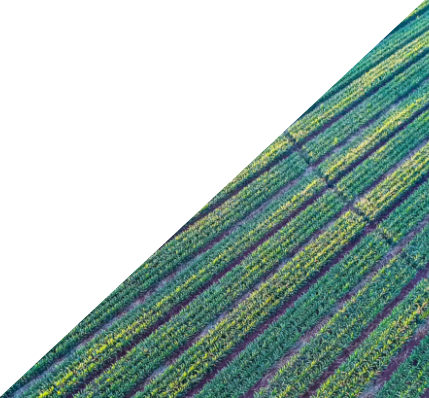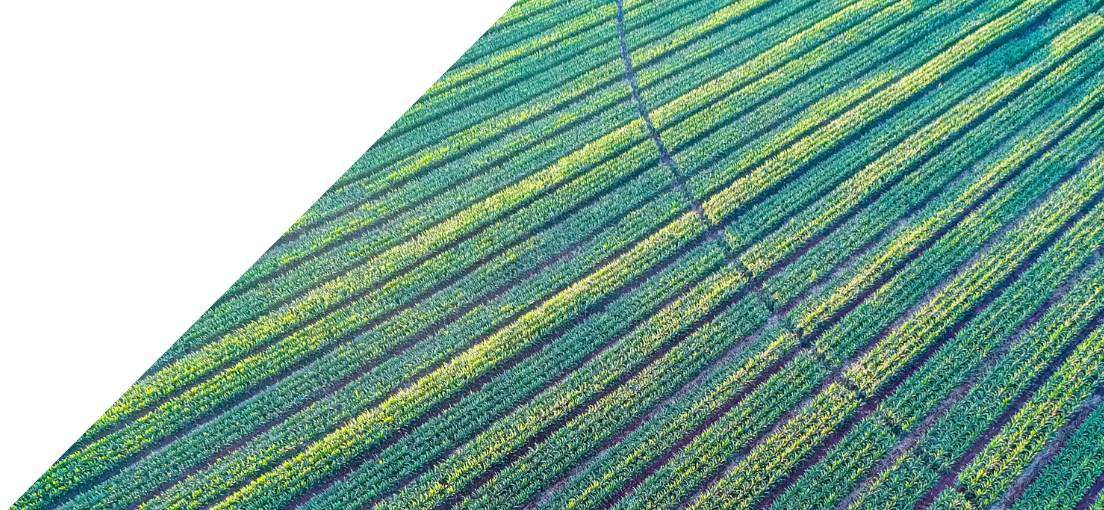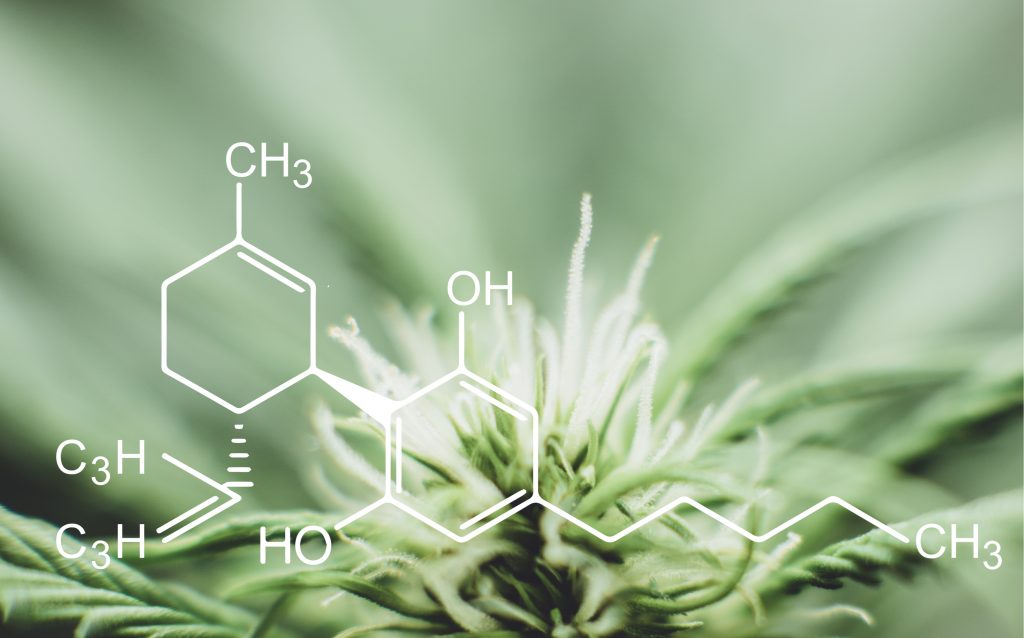Knowledge Hub
Blog


GENERATING VALUE FOR YOUR CULTIVAR
Oori Weisshaus, Ph.D. | Mar 3, 2020

Over the last year we have seen the beginning of commoditization process for the two major cannabinoids and the words ‘race to the bottom’ are often mentioned with regards to THC and CBD prices.
‘Secondary metabolites’ are compounds made by a plant but not essential for its survival. In cannabis, a large part of this array of compounds are synthesized in dedicated ‘mini-organs’, the trichomes. Trichomes are a remarkable adaptation that allows the plant to sequester secondary metabolites at high concentrations (3). They enable the plant to produce compounds, which in high concentrations, may be toxic to cells in other tissues, and use this accumulation mechanism to protect the reproductive tissues of the plant.
Yet cannabinoids, common or rare, make up only a fraction of the rich diversity of secondary metabolites produced by the plant and the full spectrum includes unique mono/sesqui -terpenes, flavonoids, pigments and other molecule families with diverse structures. With more than 150 cannabinoids identified so far and grouped into families based on their chemical backbone (9) ,twelve molecules are the ‘major cannabinoids’, present in most cannabis or hemp cultivars at varying ratios and others usually accumulate in lower quantities and are produced by alternations of enzymatic and non-enzymatic reactions.
Trichomes – Remarkable Factories for Secondary Metabolites

The therapeutic properties of cannabis are mostly attributed to cannabinoids yet a growing body of evidence exits to support the ‘entourage effect’ ((1),(4),(8)) in which the synergy between compounds from different chemical families is superior to the effect of isolated cannabinoids (in any ratio). Isolated compound, such as CBDA/THCA or the other ‘major cannabinoids’, are becoming commoditized as API’s (active pharmaceutical ingredients) and to some extent are very likely to be produced by semi-synthetic systems or full chemical synthesis. The complex nature of the interactions between a mix of compounds (plant extracts) makes the study of their effect very complex (this is the case for uncharacterized mixtures of known compounds, unidentified active ingredients, or identified compounds that are too complex for cost-effective synthesis). This shortcoming gives an advantage to plant-based systems over isolated compounds.
As summarized in the flowchart below, value for specific cultivars will be generated through collection of data (clinical, pre-clinical and bulk data collected from multiple users on a specific strain) and through partnering with academics and clinicians that generate cultivar -specific data from standardized full plant extracts.
NRGene offers tools to both explore biosynthesis pathways for production of secondary metabolites outside of the plant (using plant genes), or for enhancing productivity, agricultural performance and robustness of strains that already achieved consumer-demand through clinical studies or through reputation with patients.
Cultivar Value Generation

References of papers mentioned in the NRGene webinar (Feb 12, 20202)
- Farha, Maya A., et al. “Uncovering the hidden antibiotic potential of Cannabis.” BioRxiv (2020): 833392.
- Rogobete, Alexandru Florin, et al. “Cannabis Sativa Revisited-Crosstalk between microRNAs Expression, Inflammation, Oxidative Stress and Endocannabinoid Response System in Critically Ill Patients with Sepsis.” (2019).
- Livingston, Samuel J., et al. “Cannabis glandular trichomes alter morphology and metabolite content during flower maturation.” The Plant Journal 101.1 (2020): 37-56.
- Booth, Judith K., and Jörg Bohlmann. “Terpenes in Cannabis sativa – From plant genome to humans.” Plant Science (2019).
- Berman, Paula, et al. “A new ESI-LC/MS approach for comprehensive metabolic profiling of phytocannabinoids in Cannabis.” Scientific reports 8.1 (2018): 1-15
- Citti, Cinzia, et al. “A novel phytocannabinoid isolated from Cannabis sativa L. with an in vivo cannabimimetic activity higher than Δ 9-tetrahydrocannabinol: Δ 9-Tetrahydrocannabiphorol.” Scientific Reports 9.1 (2019): 1-13.
- Avidekel clinical trial : here
- Baram, Liran, et al. “The heterogeneity and complexity of Cannabis extracts as antitumor agents.” Oncotarget 10.41 (2019): 4091.
- Hanuš, Lumír Ondřej, et al. “Phytocannabinoids: a unified critical inventory.” Natural product reports 33.12 (2016): 1357-1392.
- Special issue on cannabis medicine: Rambam Maimonides Med J 2020;11(1) (e001-e0010)
Oori Weisshaus, Ph.D.
Director of Genomic Solutions at NRGene Ltd. Oori has a rich background in genetics of plant secondary metabolism pathways and has been with NRGene since 2011, developing and applying genomic tools in marker development for breeding projects in various crops. In recent years Oori has specialized in development of genomic tools applicable to the dynamic needs of the emerging cannabis and hemp industries and collaborations with academic research of this unique plant.
Ask the author
We want to hear more about your needs. Please fill the form below and member of our team will contact you in the next few days.